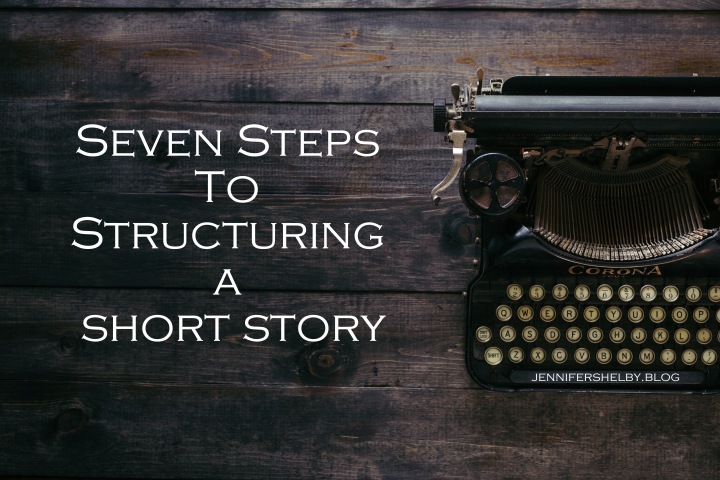
I’ve been mining the internet for short story structure. There’s not much out there and I’ve got a few stories that are STUCK. One of them has been stuck for almost two years. I’ve attacked it from every angle. A critique partner I asked for help scratched his head over it. “I think there’s something wrong with it structurally, but I’m not sure where.” This led me to a workshop on structure, which didn’t wind up being much more than the classic pyramid and slope of rising action. I learned a metric tonne about theme, tone, and depth in that class, but it didn’t help me with my stuck story.
More stuck stories have piled up in the meantime. Stories and characters I love but aren’t right. They’re finished in a technical sense but they aren’t complete enough to send out on submission.
The print resources I found stuck to the basics of theme, etc. If I Google story structure, I’ll find novel breakdowns of the hero’s journey, three act structure, screenplay beats, etc, but short stories are a different animal. A condensed, fluid animal, like a miniature jellyfish… from space.

I got excited when I found an article on beats for story structure (shared last Submissions Sunday), but when I put my stuck stories through it I didn’t get anywhere. The only thing to do was collect the resources available to me, juggle them around, and find a simple method that will work for me.
Before we get into it, here’s a caveat: structure is a tricky beast. If a writer relies on structure too heavily, their stories will end up being formulaic. Author Chuck Wendig has a fine rant on this here. Protect your creativity, and use it, especially in structure. Experiment. Fall on your face. It’s the only way to grow. BUT if you’re just starting out, or your story is stuck, turning to structure for HELP beats writer’s block any day of the week.
Seven steps to structure a short story:
- Start with memorable imagery. Spear your reader’s imagination. What’s the wildest thing you can think of?
- Reveal the plot. What is the point of that memorable imagery you opened with? Drag your protagonist along, kicking and screaming. Stories require characters to change, which means the protagonist is going to resist. Use that resistance to build tension.
- Introduce the antagonist, human or otherwise, cracking their knuckles and making things tough for the protagonist. Use this entry to foreshadow the climax, if you like. Foreshadowing can make the ending more satisfying to your reader.
- Make something momentous happen which shows the protagonist changing. In a short story, this works well as an extension of the imagery you opened with.
- Knock your protagonist on their arse. Make them lose a battle in this story war. Show that your antagonist is capable of defeating your protagonist.
- Pick them back up. Make the protagonist find a way to defeat the antagonist, or lose with dignity.
- Show how it ends. Leave the reader satisfied so they’ll come back for more. Live up to your foreshadowing.
Your story may demand you switch things around. The antagonist’s introduction may reveal the plot. Your momentous happening may switch places with knocking your protagonist on their arse. Likewise it might do the knocking. Be fluid, shift things around, go with it. These aren’t meant to be rigid rules.
Stories that arrive in my imagination fully fleshed out are rare and glorious things. Most often I get an image or a scene which makes my heart race and I build a story around it. Those are the ones that risk getting stuck and I’m happy to have a tool to help. Thus far this method has two of my stuck stories flowing again and I’m excited to tweak them for submission.
I hope this helps next time you’re stuck too.
Happy writing!
There’s a lot of value in using structure to figure out what’s wrong with a story, but you’re right: you shouldn’t lean on it too much. It can make stories feel predictable and unoriginal.
LikeLiked by 1 person